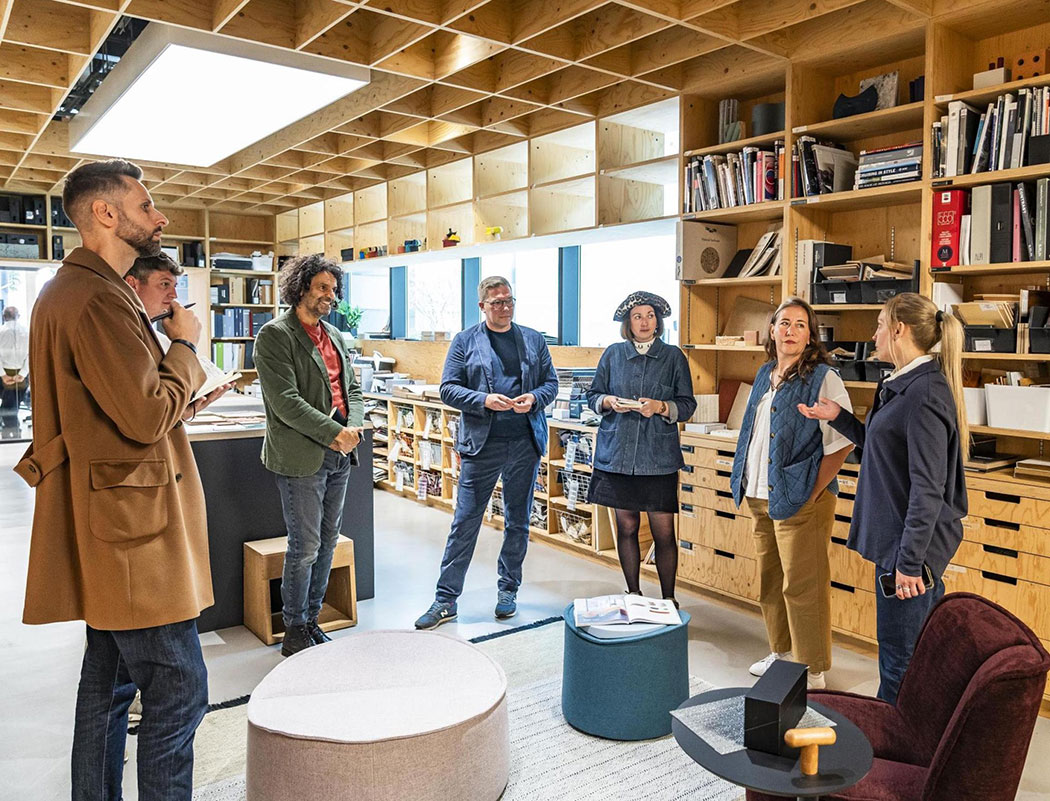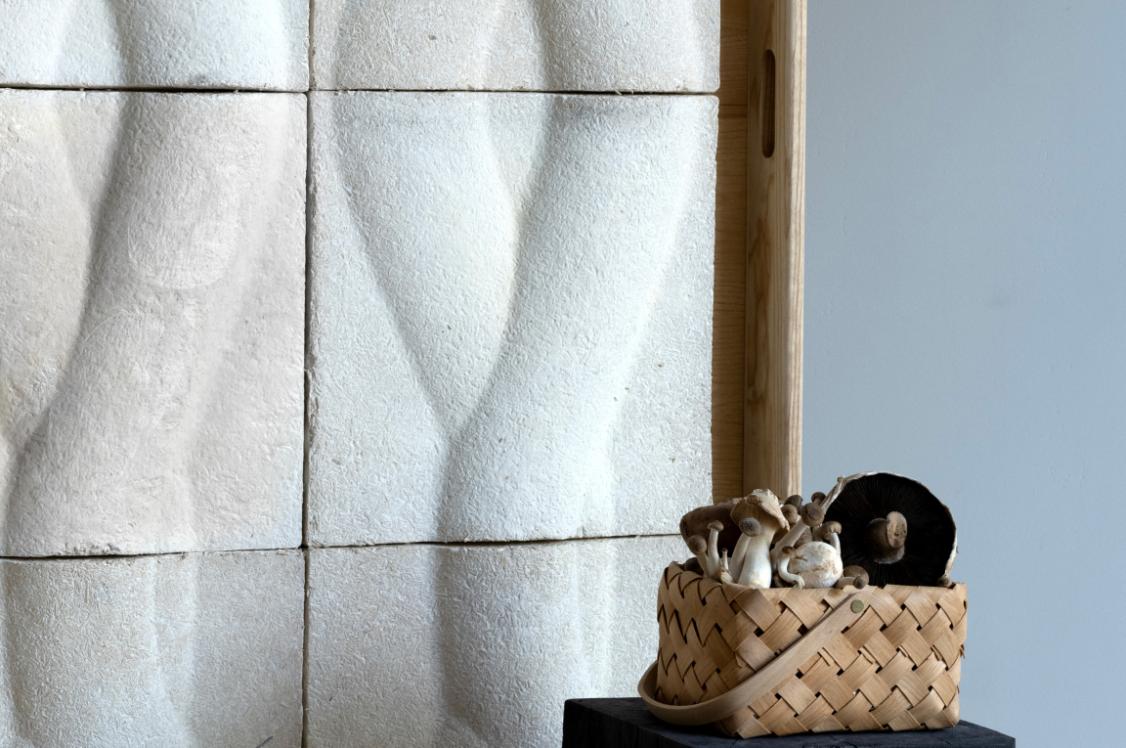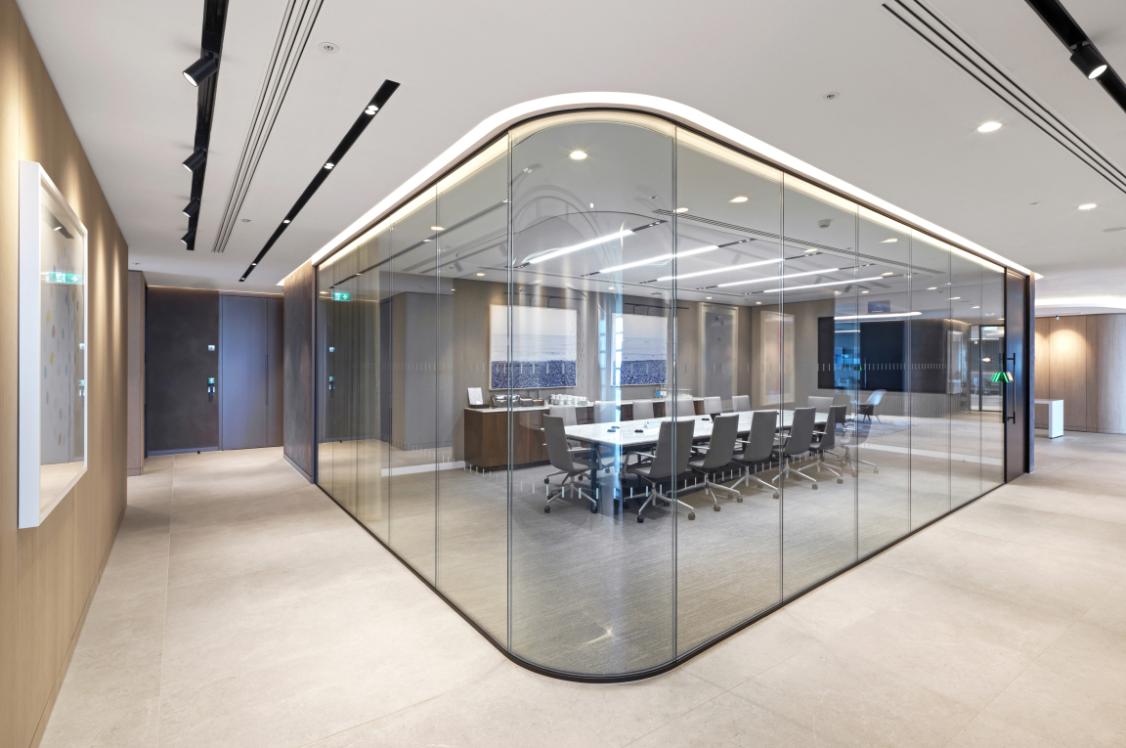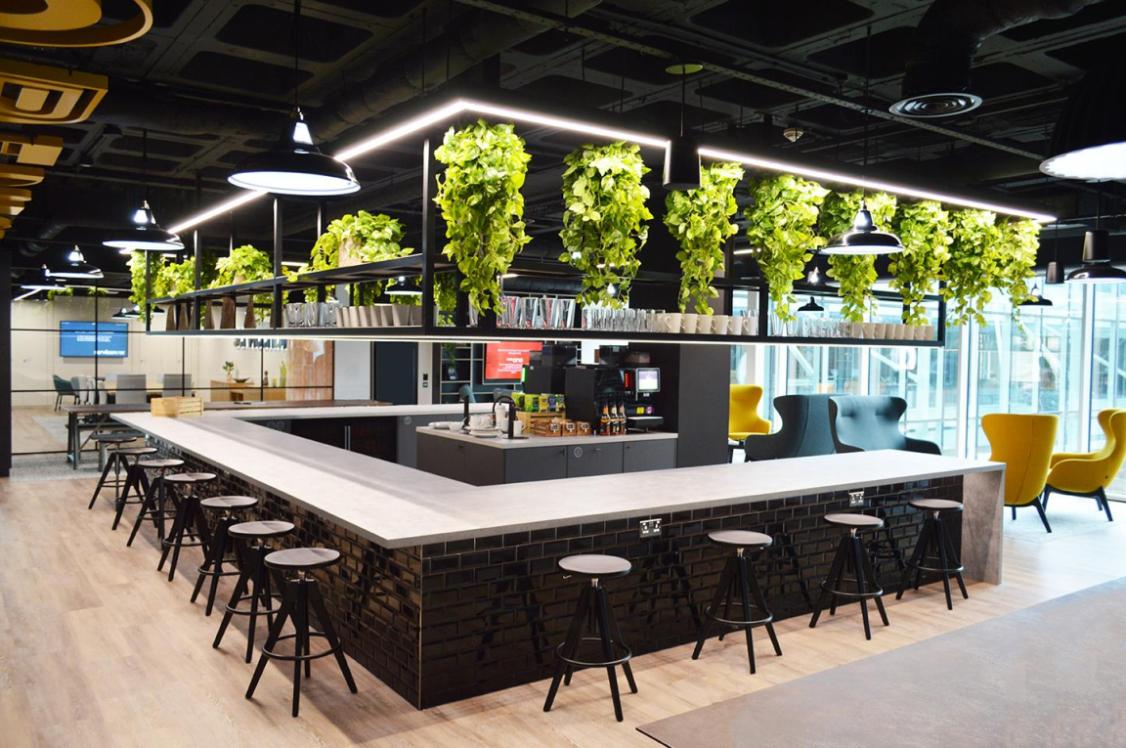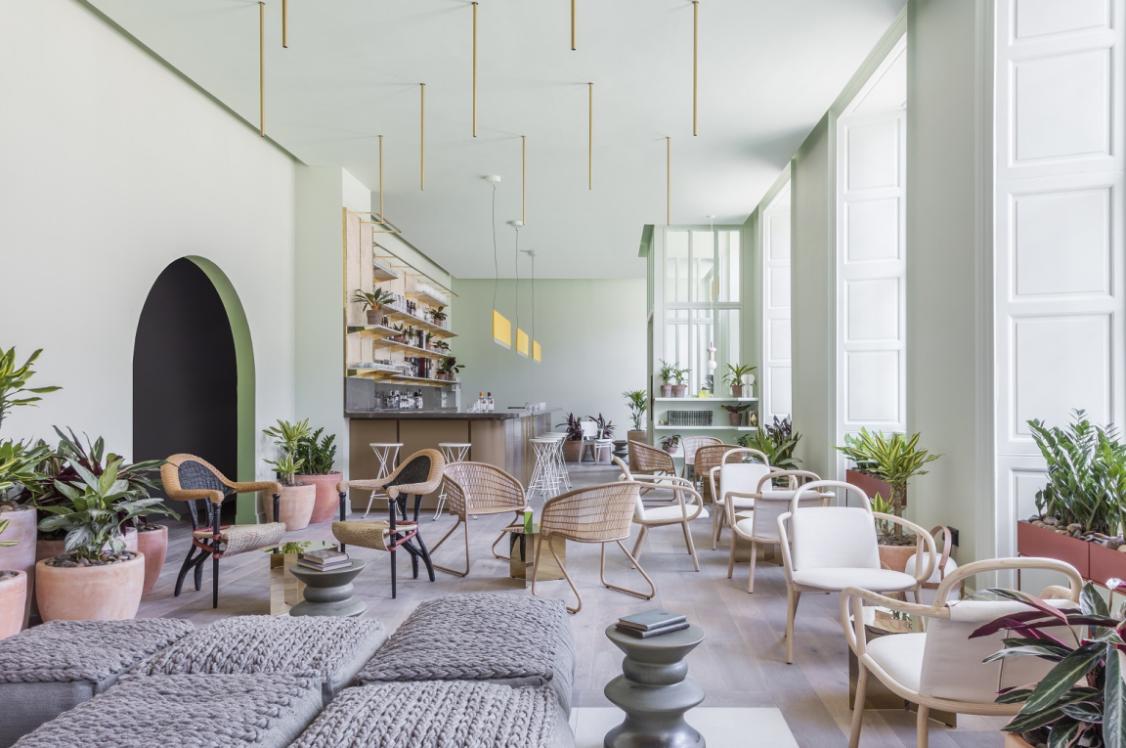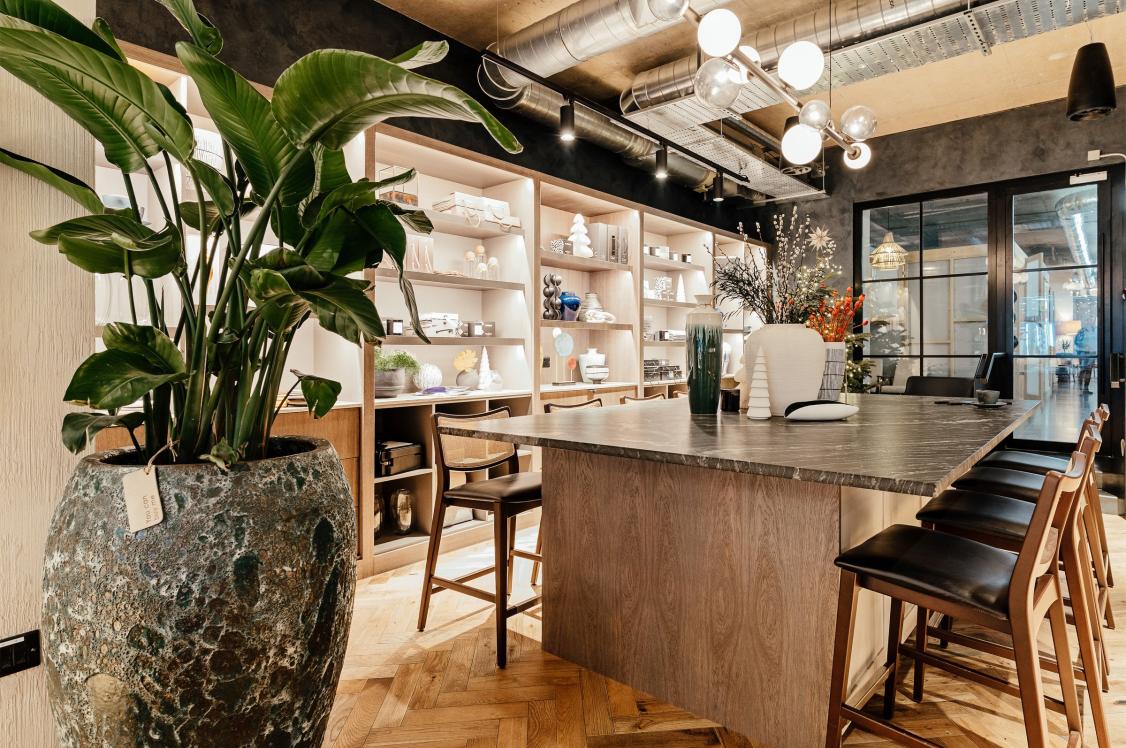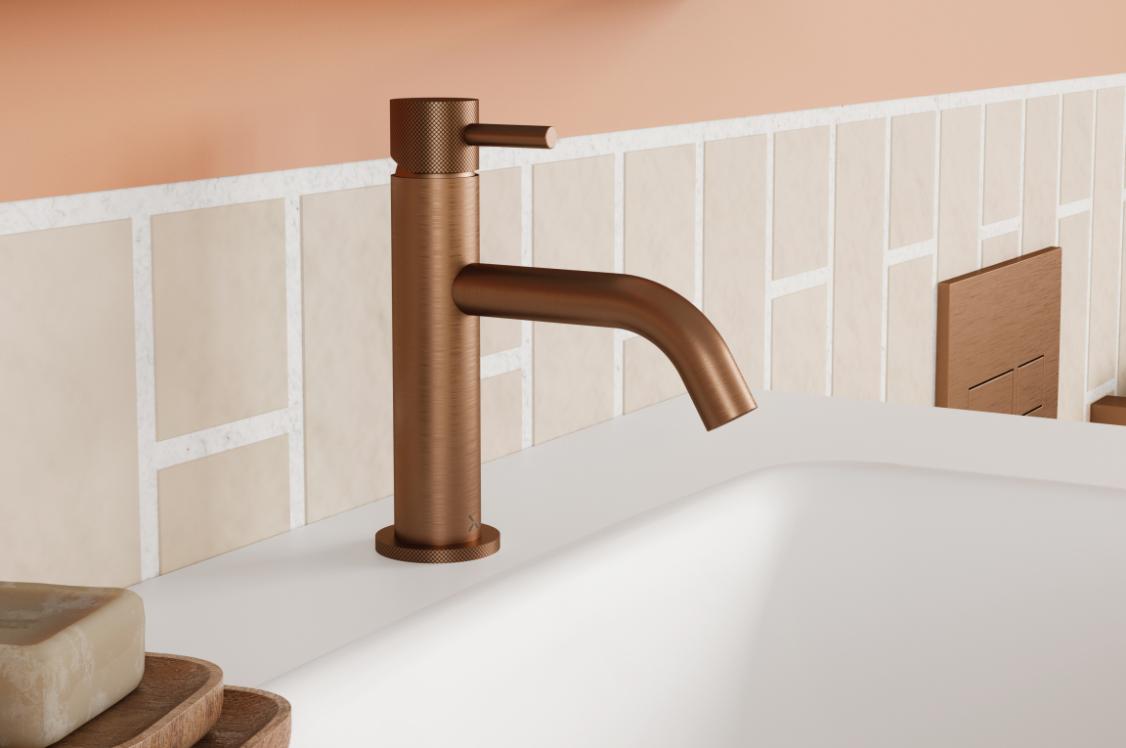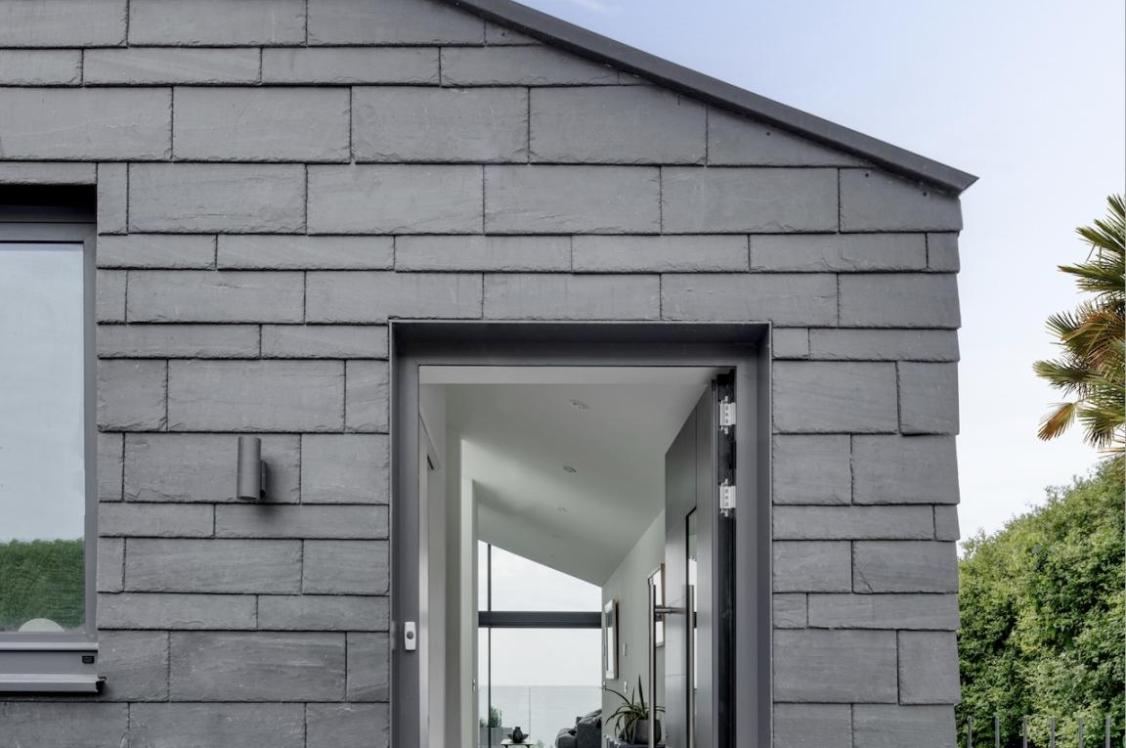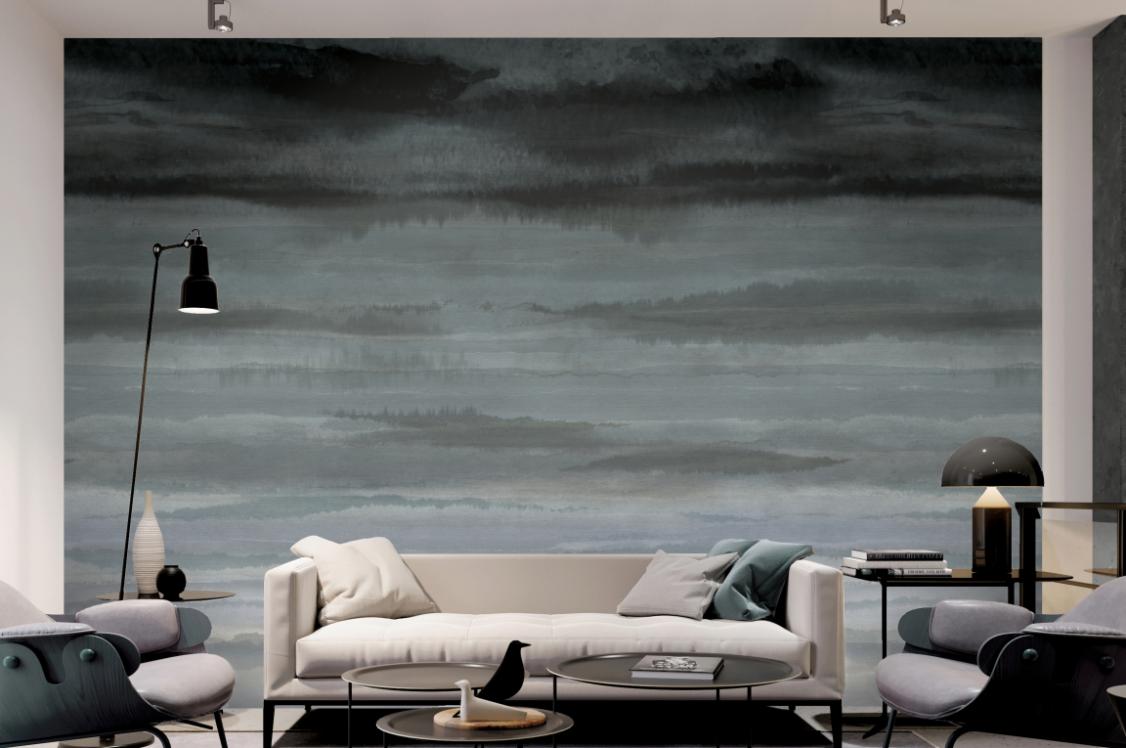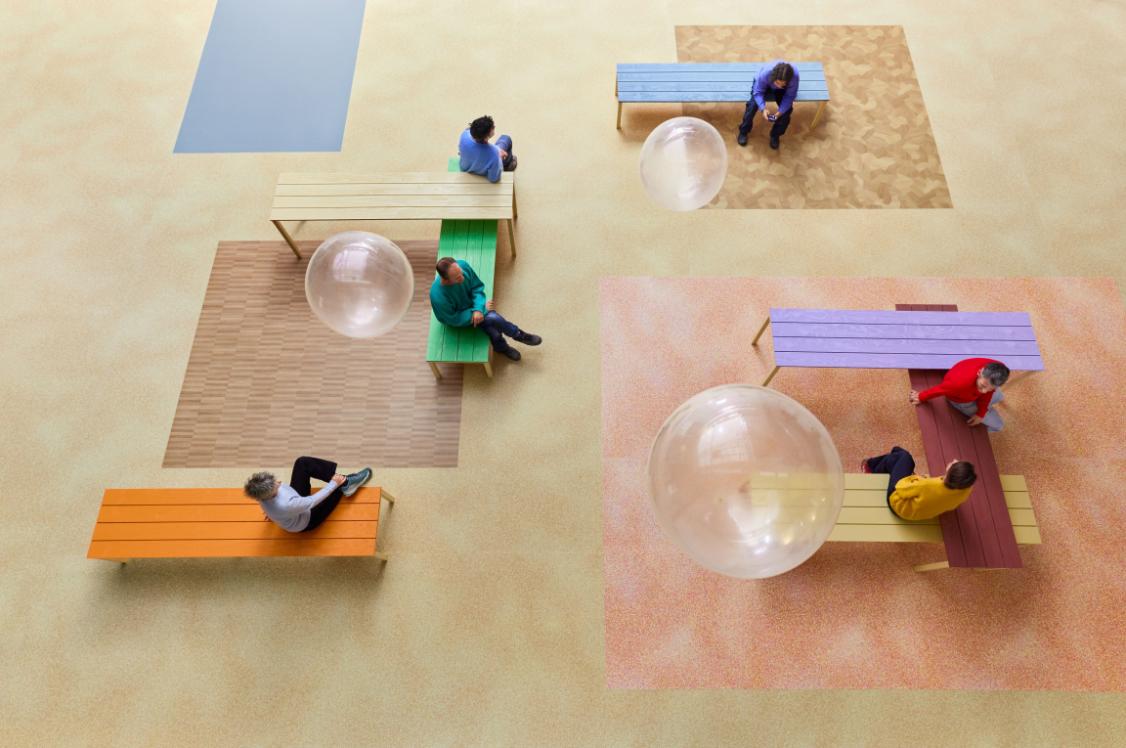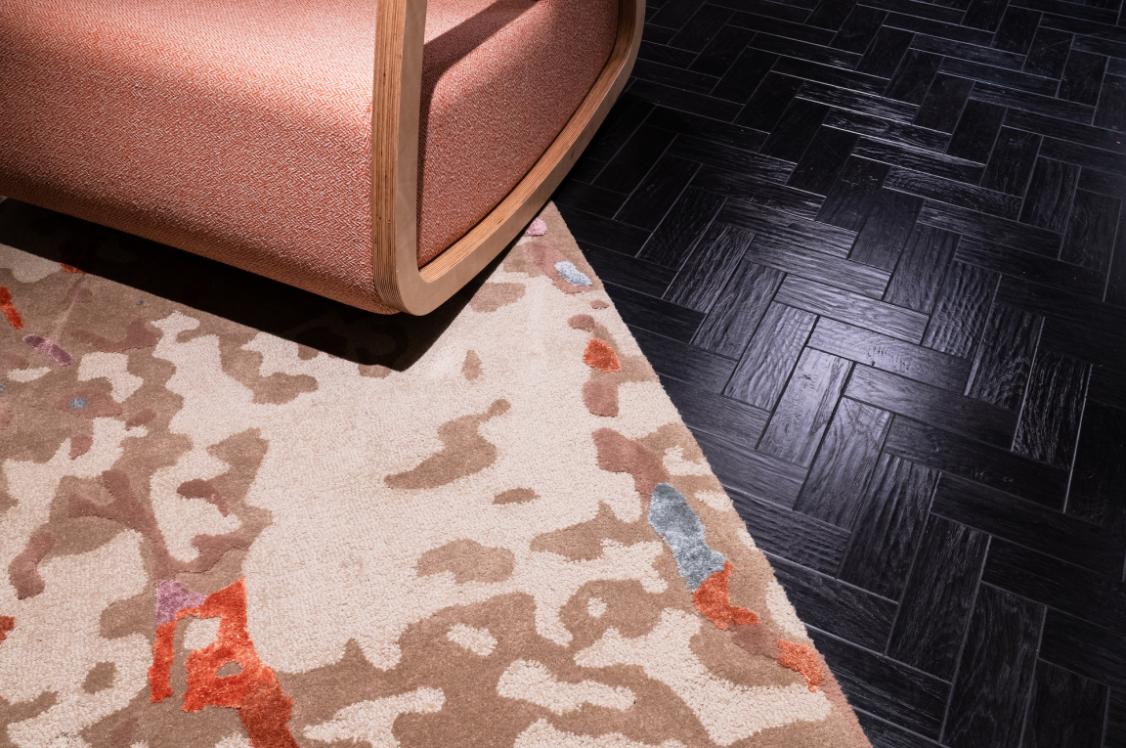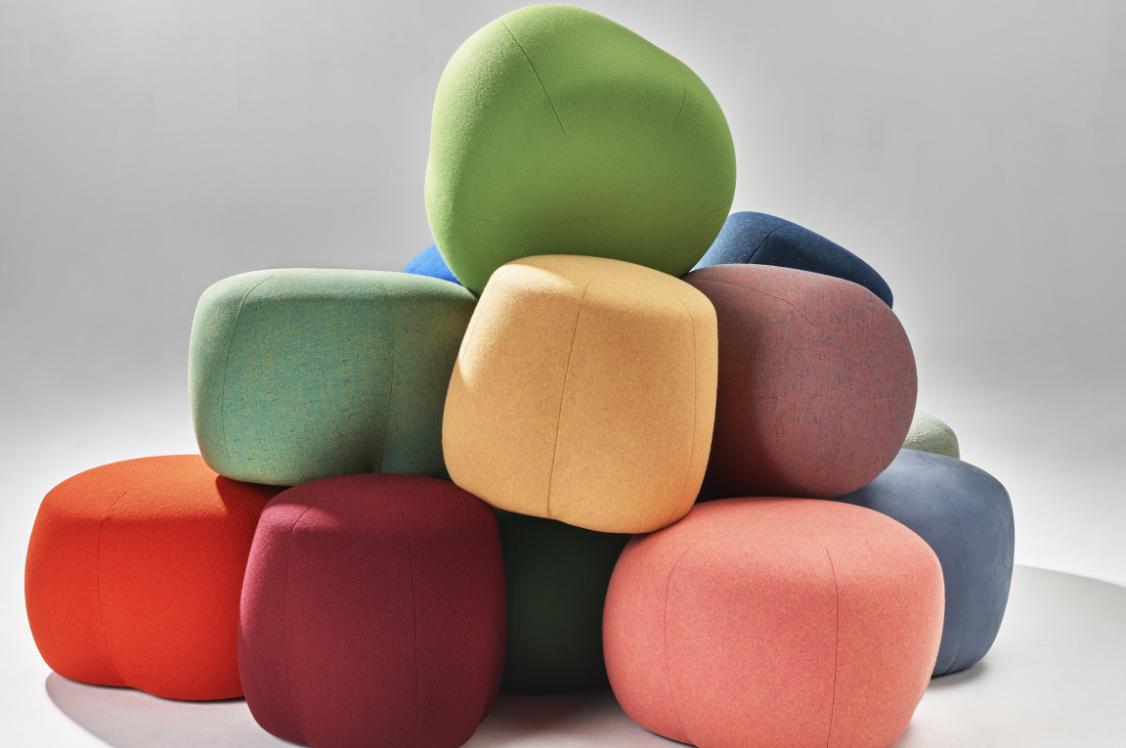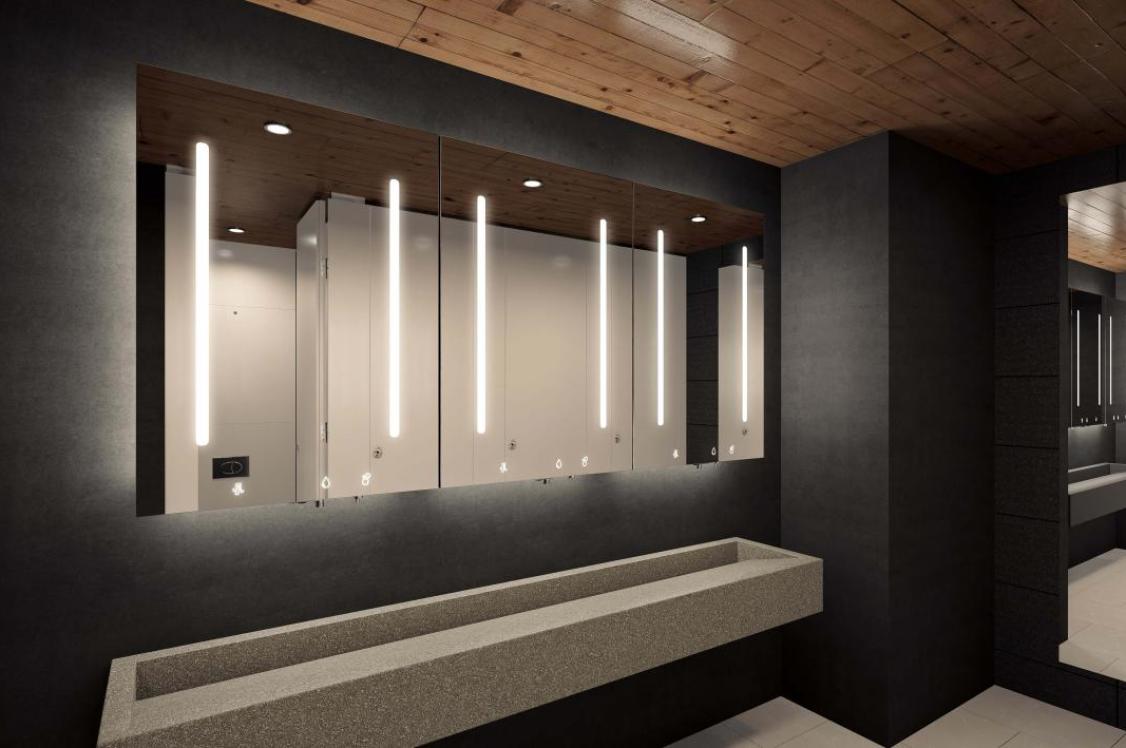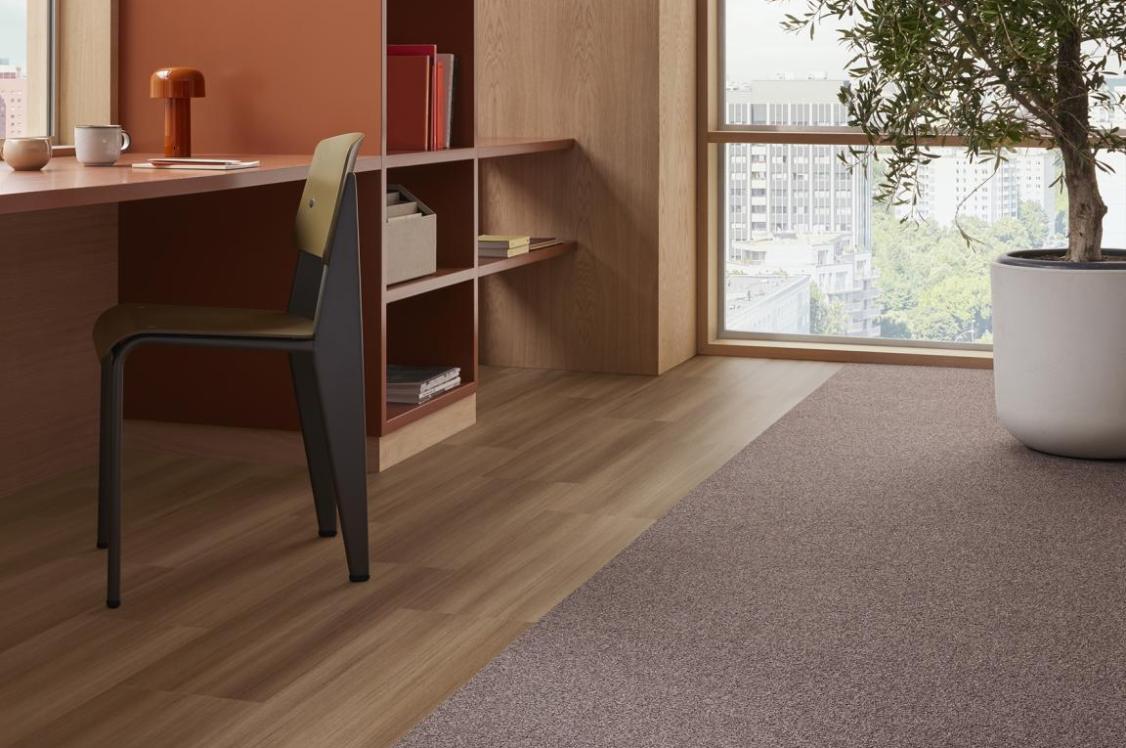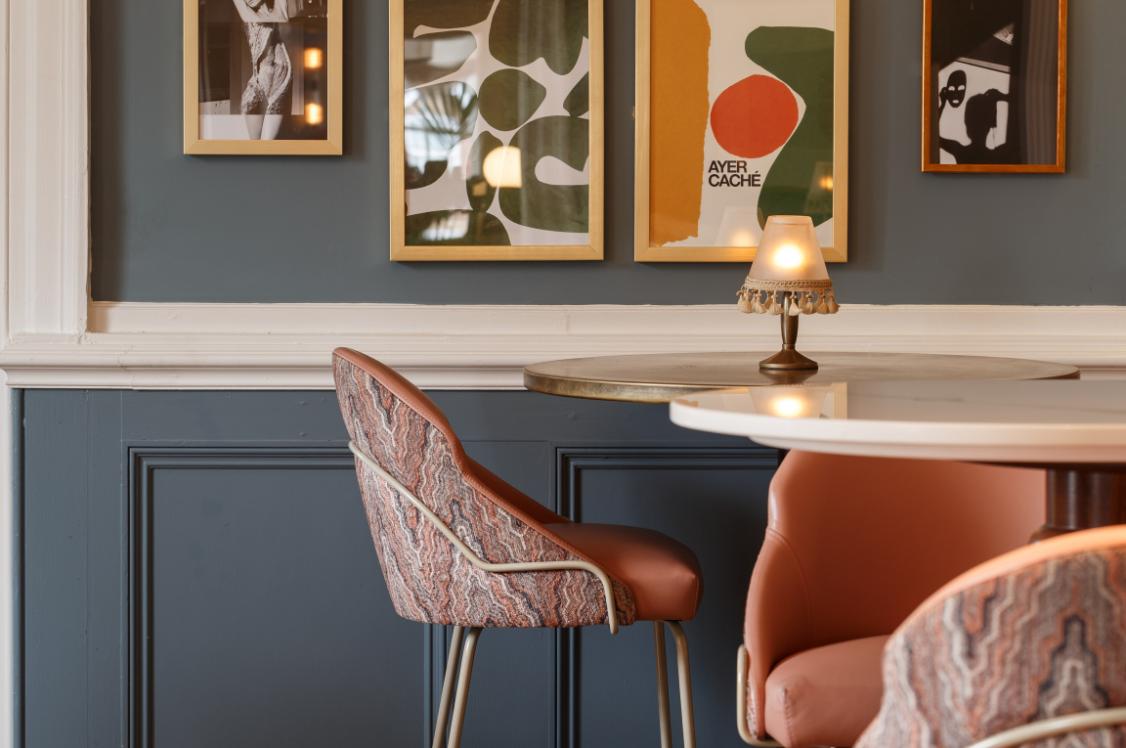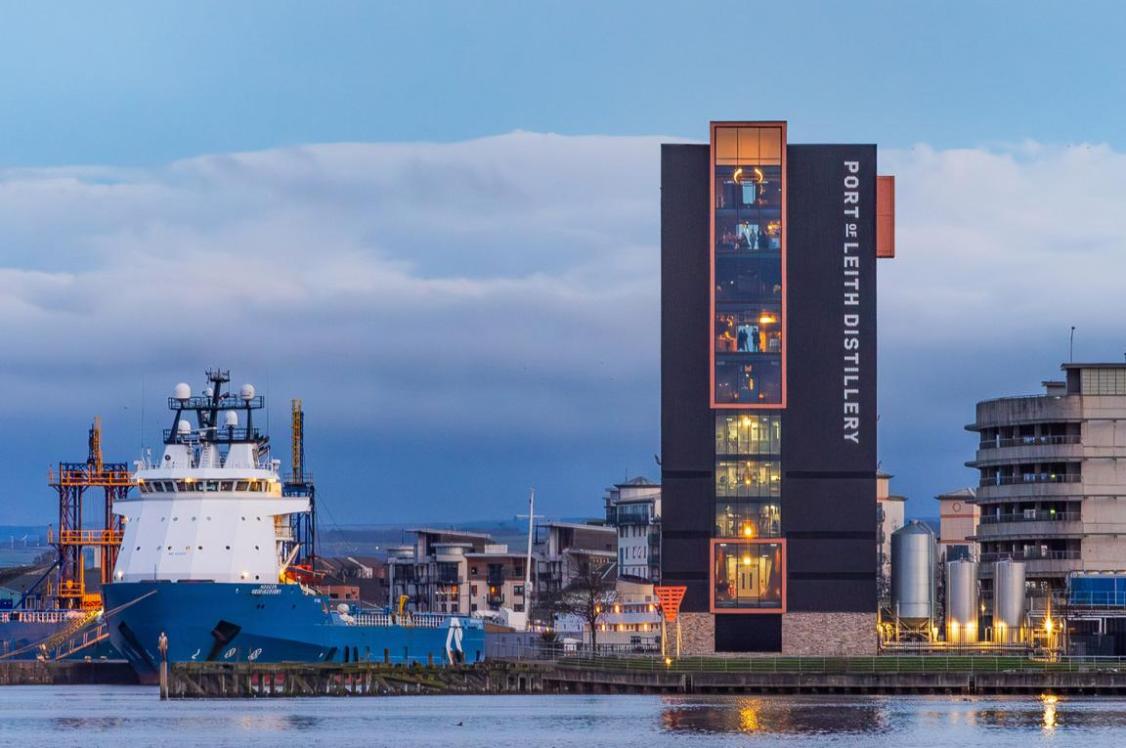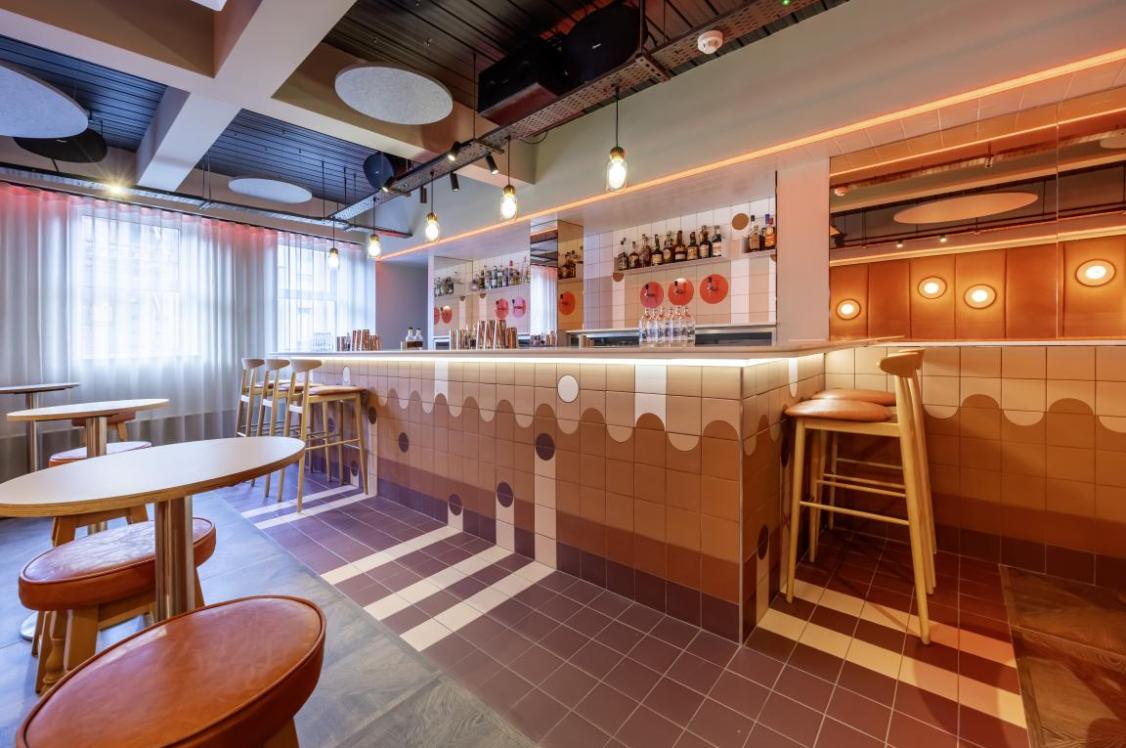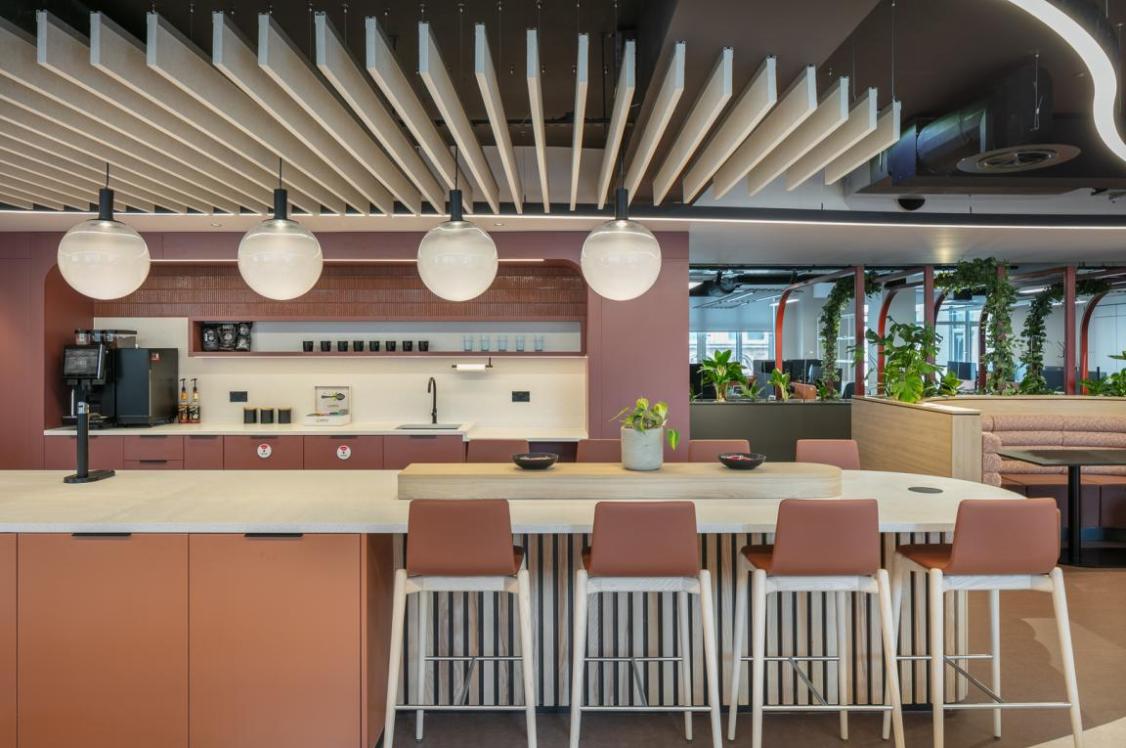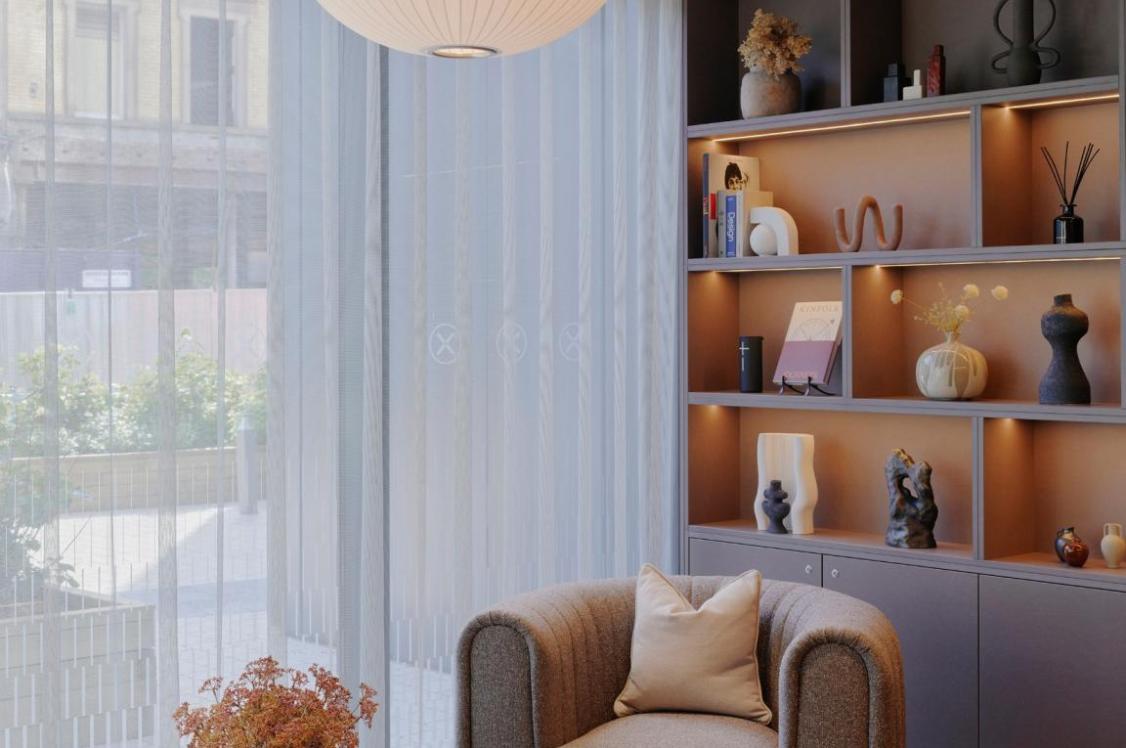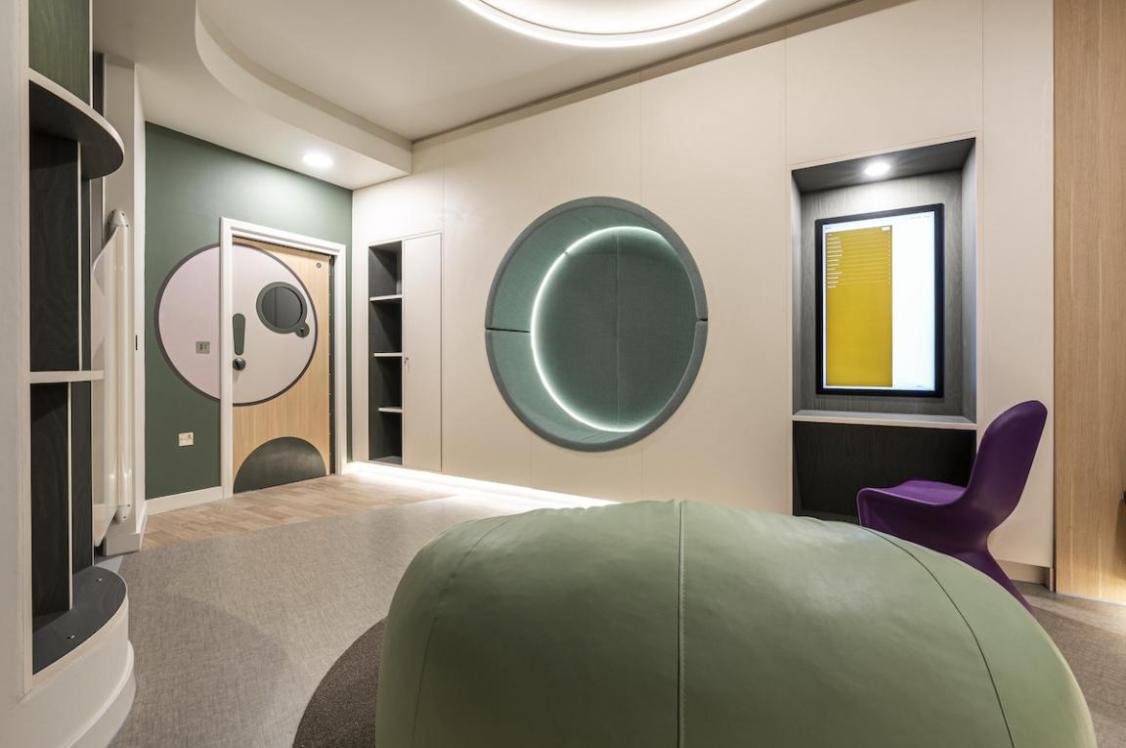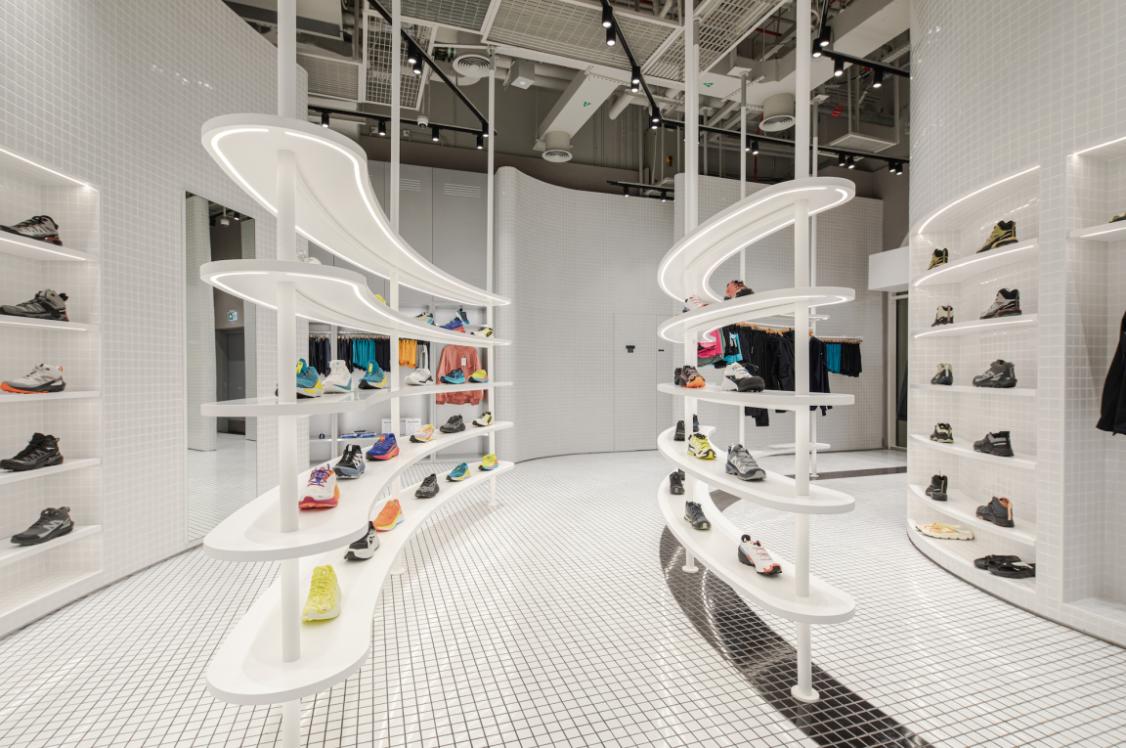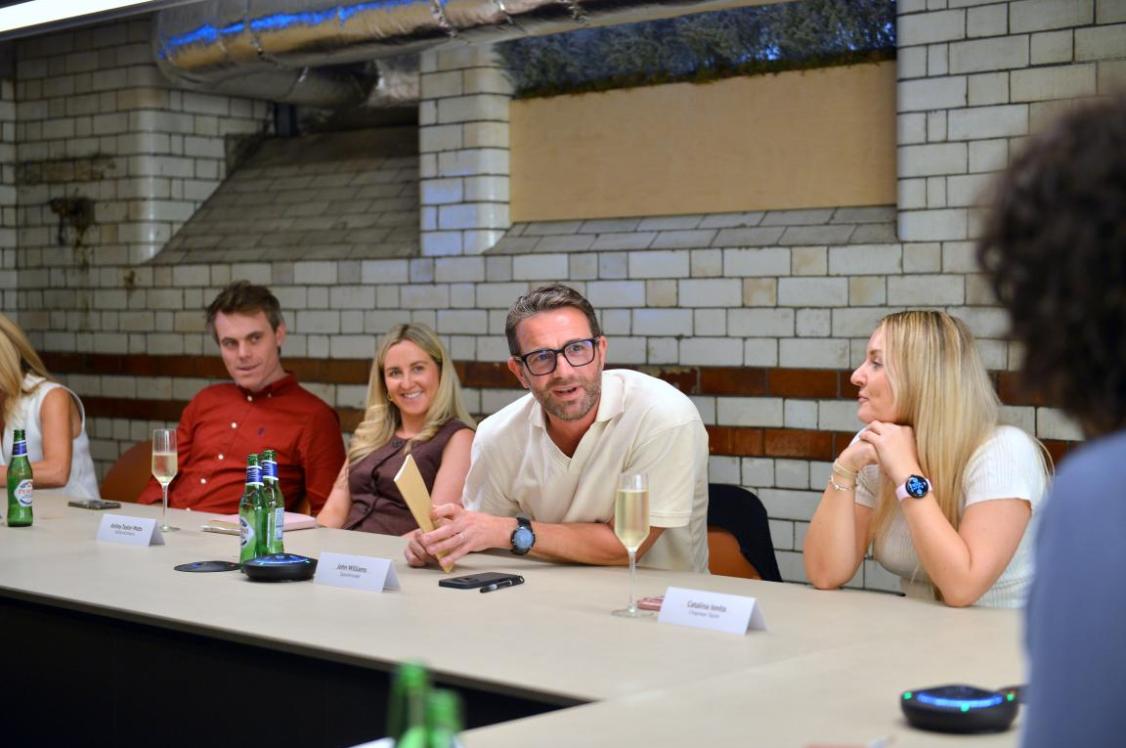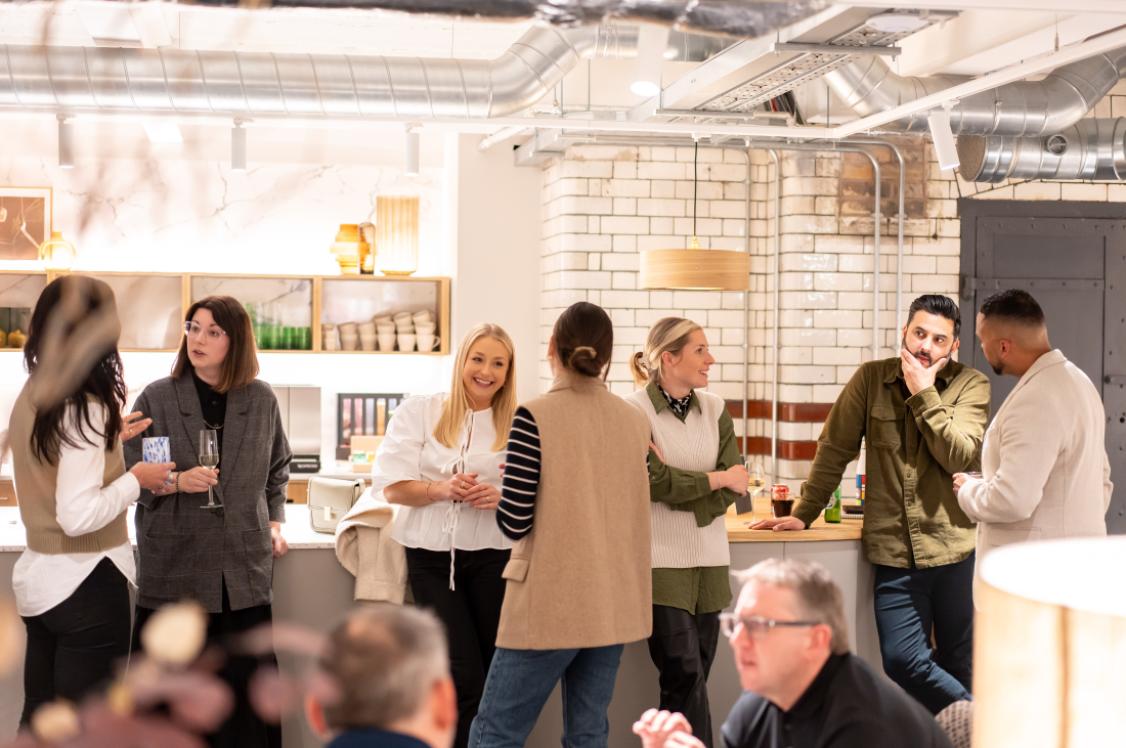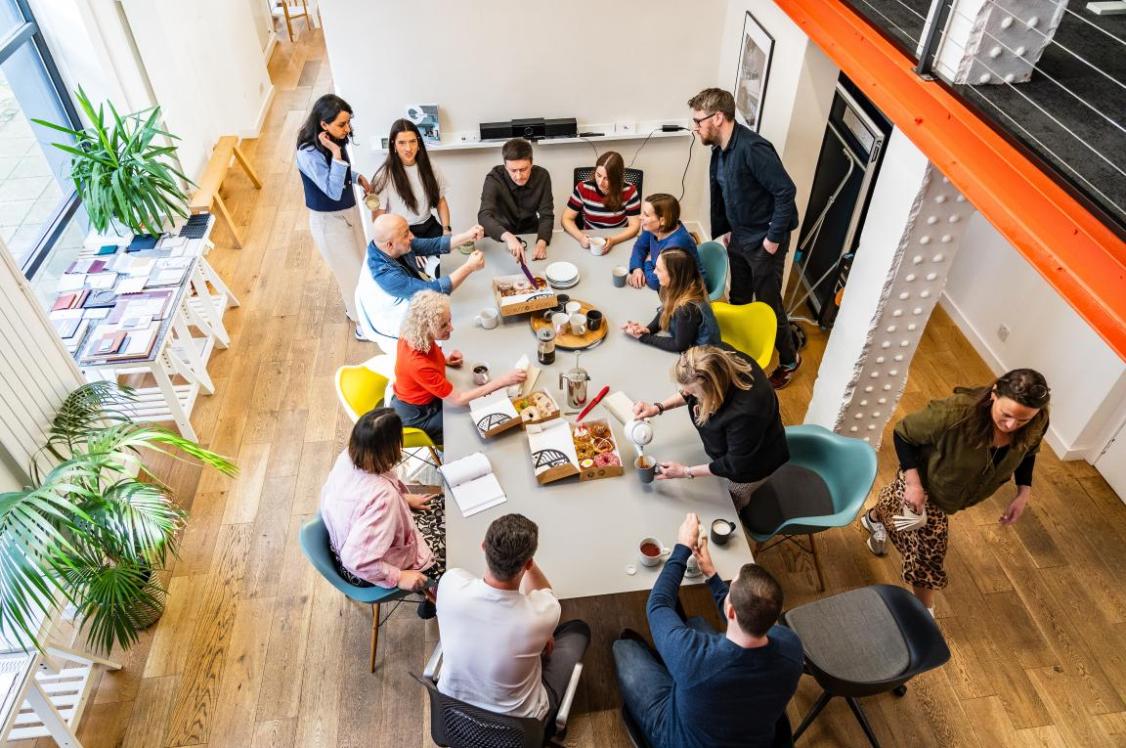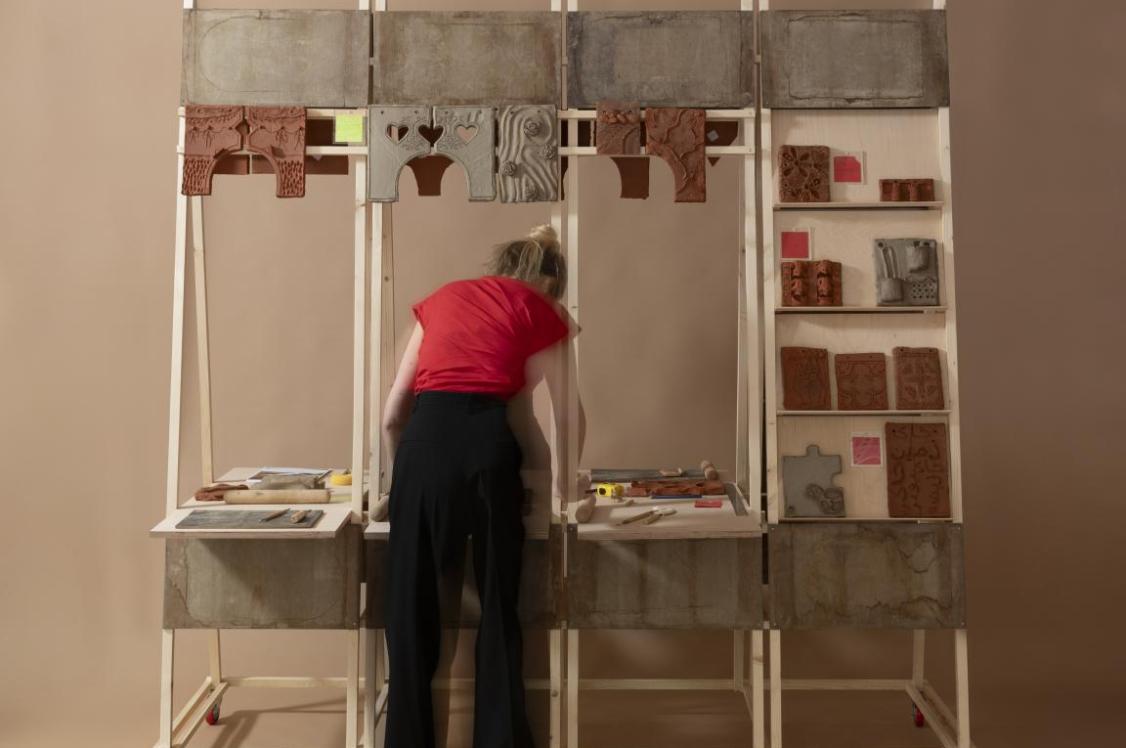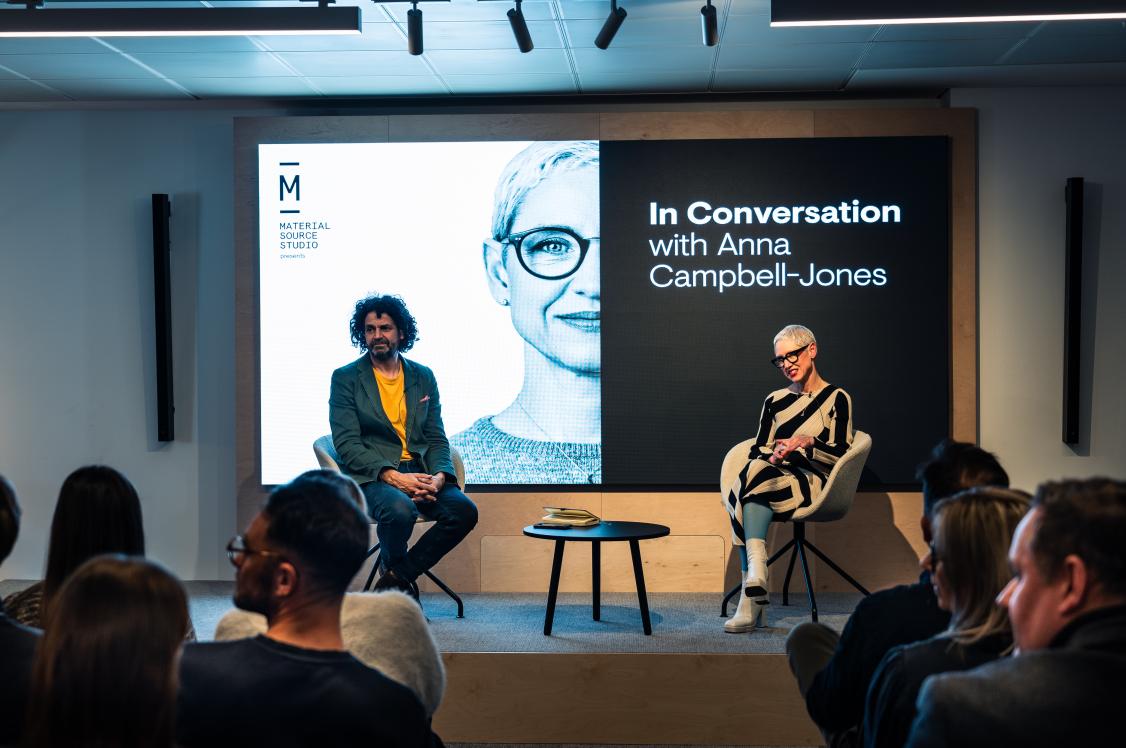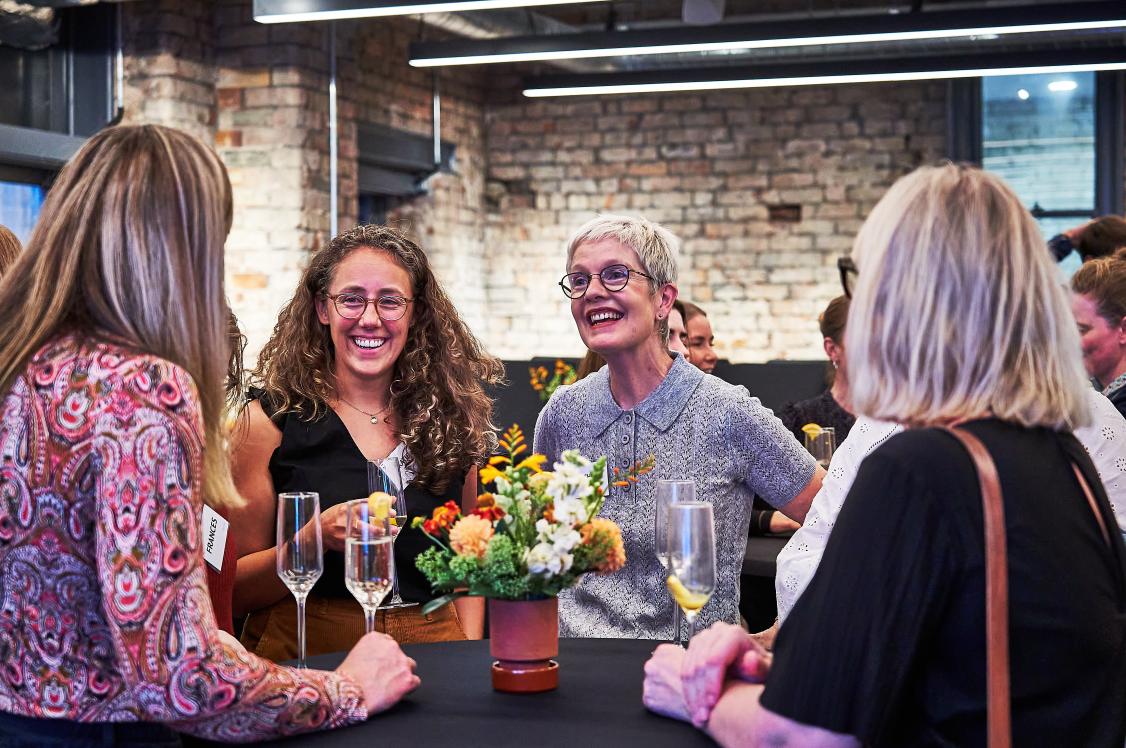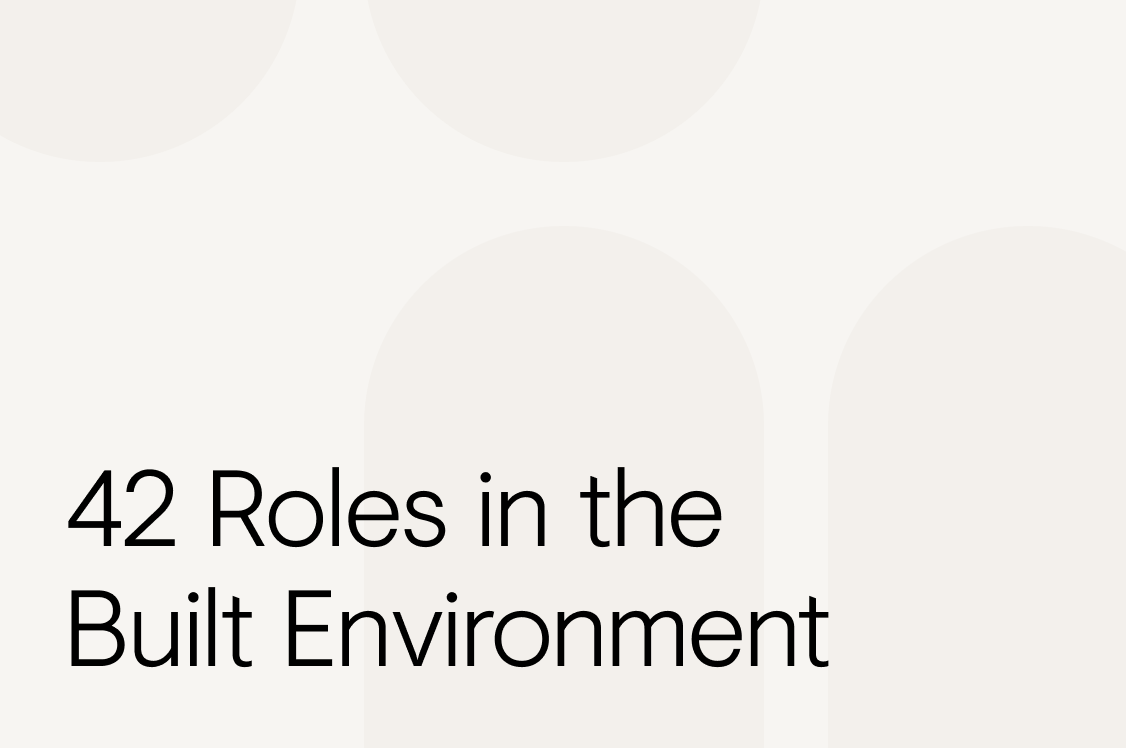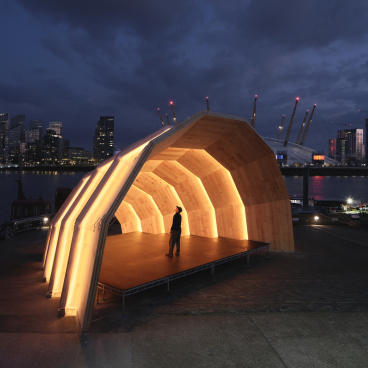John Badman, practice area leader, Gensler, on multi-purpose districts, office to residential conversion & next generation BTR.
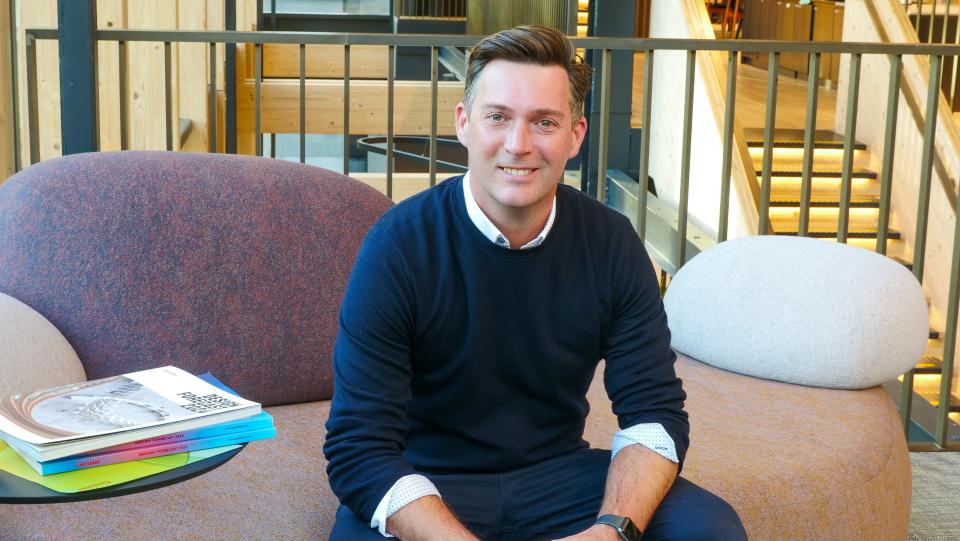
John Badman, Gensler's residential practice area leader Europe, doesn't just design bricks and mortar houses. He seeks to facilitate lifestyles.
During our recent catch-up, John commented, "Your home is the anchor of your everyday, but your home and the surrounding neighbourhood is purposeful in different ways. It is your place of work, your place of socialisation, your local shop that all influence your day to day."
The breadth of Gensler's experience across many different areas of design, John believes, is well suited to crafting the experiential homes - and neighbourhoods - needed to support the cultural shift we've experienced over the last five-years. One which embraces the encompassment of all of the above.
As such he truly sees the value in mixed-use developments - "designing experience-driven districts and places" being part of Gensler's Design Forecast for 2024. He's considered a pioneer in BTR, with over 20 years' experience designing thousands of homes across the UK and Europe, with expertise as both an architect and designer.
Though he says co-living has been met with "surprising resistance" from some of the UK's local authorities - a point similarly raised at our recent residential roundtable - it has been adopted by Gensler's clients elsewhere in Europe, and is a subsegment he feels, as well as BTR, could help alleviate the housing crisis.
Keen to discuss his past learnings and thoughts for the future, we chatted about purposeful neighbourhoods, dealing with challenges from viability appraisals to regulatory change, such as the UK's Building Safety Act, and how blended assets are fuelling our cities - comparing the UK with the rest of Europe as we go.
You started in the role of Residential Lead earlier this year - how’s it been so far?
"I started at Gensler in January and it has been fulfilling to be in a firm so passionate about advancing cities worldwide and creating an impact through many different scales of work. I joined Gensler as I believe that the home is just part of a wider lifestyle ecosystem within which residents live. They are moving through and around our cities with new purpose and focus and this is being influenced by all different sectors in the real estate world.
"Being part of a firm like Gensler where we are seeing so much innovation and new creative direction in the design of these varying types of spaces is inspirational. Your home is the anchor of your everyday, but your home and the surrounding neighbourhood is purposeful in different ways. It is your place of work, your place of socialisation, your local shop that all influence your day to day. So yes, it’s a lot of fun to bring together all the expertise at Gensler, at every scale of design, and rethink how the home is designed to create a lifestyle offer for residents."
What are your key objectives while in this role?
"As Residential Practice Area Leader Europe at Gensler, my main objective is to grow the residential business across the UK and Europe and deliver innovative and impactful products to the cities within which we work, in close collaboration with our various studios. Mixed use and blended assets and developments are on the rise as clients shift from a single asset focus to the multi-use schemes that blend together all the spaces within and around the home."
In general, how is the current housing market in Europe?
"We’ve had a tough couple of years with a rise in interest rates and construction costs as well as difficulty with pencilling out land values to determine the viability appraisals that would move a project from an idea to reality. There has also been much regulatory change, for example the Building Safety Act in the UK.
"Despite these challenges, our clients continue to remain committed to offering a high-quality product and we therefore continue to design homes of the highest standard."
It is reassuring to see the market pick up again both in the UK and across Europe as construction costs plateau and inflation settles.
How does it differ between countries? Are there any particular national/regional trends you can share with us?
"Yes, the variety of the residential product and associated expectations vary greatly across different countries. For example, the re-emergence of purpose-built student housing (PBSA) and the development of co-living products are happening across Europe. Many countries are looking to increase and vary the typologies of rental living in their major cities. There is real drive for the offer of managed community living from Poland to Portugal and Ireland to Italy.
"We have also reached an exciting stage in the development world where the impact in our work on climate is as of much interest to the clients and funders as it is to the design industry. Architects have always strived to bring climate positive assets to clients, through innovative and sustainable buildings, and we are delighted that this has now become a must-have for funders as they strive to meet their ESG targets."
You have a passion for integrating homes as part of wider mixed-use neighbourhoods in towns and cities - tell us more.
"I’m a big believer that the apartment, the building it is located in, the street it lives on and the neighbourhood in which it sits are all part of the success of an aspirational living experience. This is created not by thinking of just the red line boundary within which your client works, but the neighbourhood beyond – being part of the district rather than part of the building is what we strive for in our designs.
Being part of the district rather than part of the building is what we strive for in our designs.
"This means that focus needs to be not only into establishing what the product is but also how it fits into that neighbourhood and how you can amplify the place as a whole, positively impacting the lives and experiences of the residents we are designing for. We have started to see more mixed use schemes be developed as clients and funders shift from a silo’d approach to a blended investment strategy.
"For example, we are seeing life sciences and residential closely integrated in the same development. At Gensler, we consider how the offer can add value to all assets types within a development so they co-exist together and have an impact beyond just a typical set of buildings located next to each other."
What are Gensler’s key priorities when it comes to housing?
"We are focused on creating sustainable, experience-led developments which are operationally efficient and create a new offer for residents. This is an approach that is applicable across all tenure types from affordable housing to high end luxury living and everything in between."
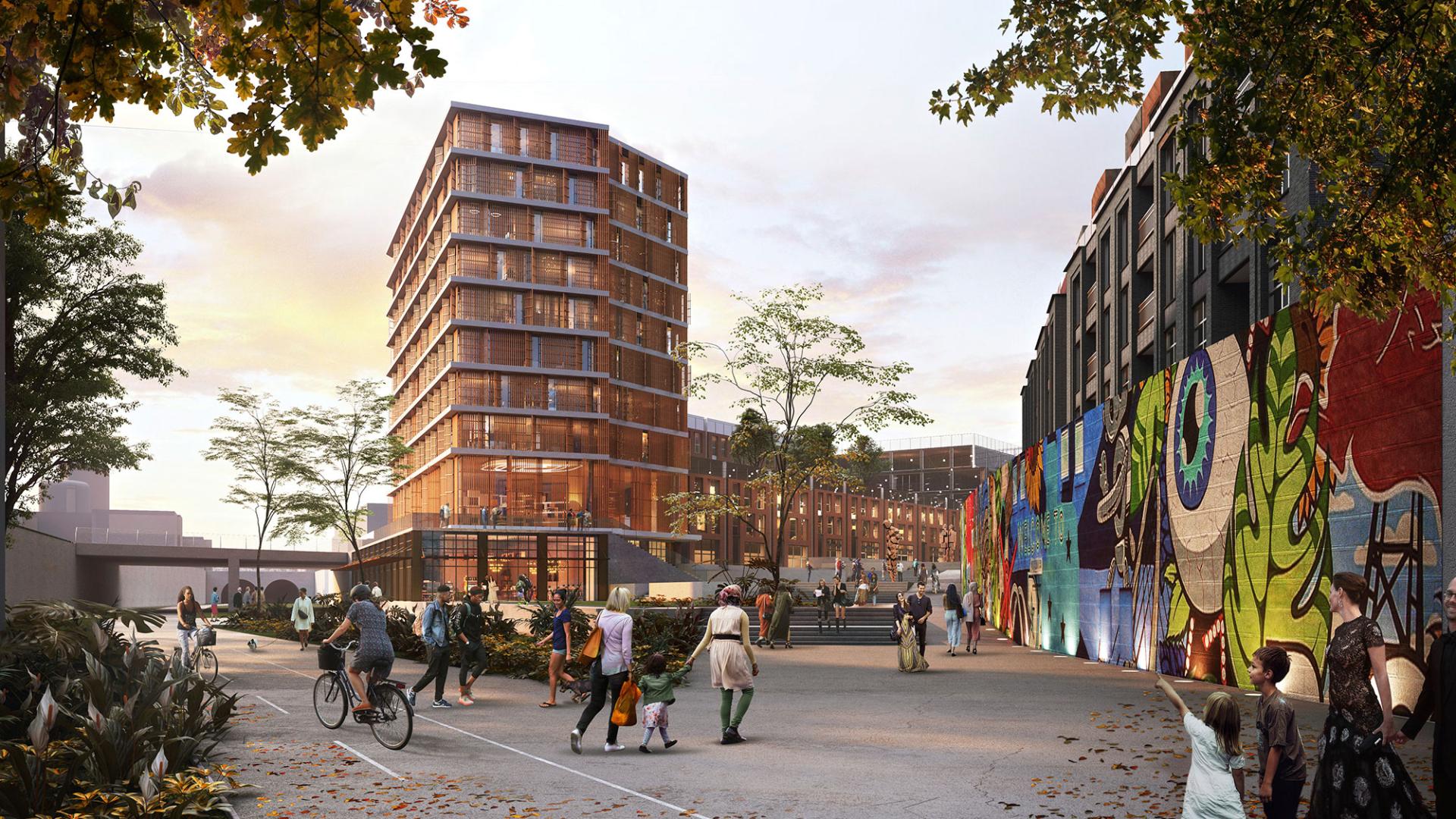

How is sustainability considered?
"Sustainability is at the core of every project we are involved in. We have a dedicated team focused on climate action who collaborate with clients and our internal teams as we work to design a more resilient built environment globally.
"With the scale we have as a firm, the impact we can bring to the industry and communities around the world is significant and we take that responsibility seriously. For example, we recently launched our EU Resource Centre in which we assessed over 30,000 samples by their environmental attributes, retaining only the best-performing materials.
"Our designers therefore now have access to materials with the lowest carbon impact at the very outset of the project, ensuring only the best materials are suggested to be used in client projects."
Does retrofit feature in your work?
"We are helping clients that have previously had operating income through offices and shopping centres look to repurpose some of their spaces to drive value back into existing buildings whose original use no longer has the same demand. We have developed an Office to Residential Tool which is a clever algorithm that can rapidly test office buildings for their suitability to be converted to residential.
"This allows us to look at clients’ portfolios and establish which assets are suitable and best to repurpose into residential, and which may be suitable for other uses. The carbon benefit of retaining a structure rather than demolishing a re-building is tremendous, so in every project we consider how retention could be a part of the strategy.
"We expect to see office to residential developments at scale across Europe in the coming years, and the challenge for us as place makers is understanding how these new living assets fit into places that have traditionally been used for work. This links back to the lifestyle ecosystem and how the integration of asset types within a neighbour add to, change and evolve our city centres for the benefit of its citizens."
We expect to see office to residential developments at scale across Europe in the coming years.
How do you balance heritage and new?
"All our city centres have heritage at their heart. This is the beauty of the UK and European cities and it is central to the sense of place and belonging. Balance is a great word to use – it is about finding the balance of the old and the new sitting together. Most often in a residential product, we are always looking for a design hook to begin to ground the project in the heritage of the location.
"This may develop into the brand of the building, or a memory of the past reflected in the new building, or both. We strive to find all the relevant history, learn from it, marry that heritage with a complimentary design that enhances the history of the place and then build on that further with the brand of the development. A mix of heritage and new often results in the very best projects."
You are a pioneer in build-to-rent - though still only taking up a small volume of the overall residential market share, do you feel it’s an area with growth potential?
"The product is performing well in many markets and the last decade has been the proof-of-concept for the industry as residents see the value of renting in a professional tenure within a managed community that offers them choice and customer service that is difficult to find in the more traditional private rental market. The UK has hit this year 100,000 Build to Rent units across the country that are purpose designed for investment. There are a further 120,000 under construction or in planning.
"This will move the dial of the number of BTR developments to 220,000 units that we have knowledge of (ARL), and this represents less than 2% of the total housing market.
BTR has huge potential to be a part of the solution for the housing crisis.
"We see people shifting in every part of life to the rental economy – be it housing, cars, music, clothes. Renting is becoming the norm for this generation as living in a professionally managed property offers them the choice to change if their circumstances and lifestyle evolve.
"The concept of moving through several rental products such as student to co-living and then onto BTR and senior living, will in the decades to come be much more normalised and offer people the flexibility they want. The market conditions need to be right but I expect we will see significant growth in the sector in the coming decade as more and more funds shift to living assets with a steady rate of return."
What about co-living? How’s that doing across Europe?
"The growth of co-living has been fascinating to see. What has surprised me is the resistance from some of the local authorities to this product which is certainly in demand as it provides a different offer from traditional house sharing or BTR which may be out of their budget.
"The GLA has this year published its design guidance for co-living through a significant private sector push from many developers, funds, architects and industry professionals. It has benchmarked the product through qualitative as well as quantitative metrics. We see co-living as a great subsector of the rental living market across Europe, sitting alongside PBSA, BTR and Single Family Housing, offering yet further choice for residents to live in a community and location that they may not typically have access to."
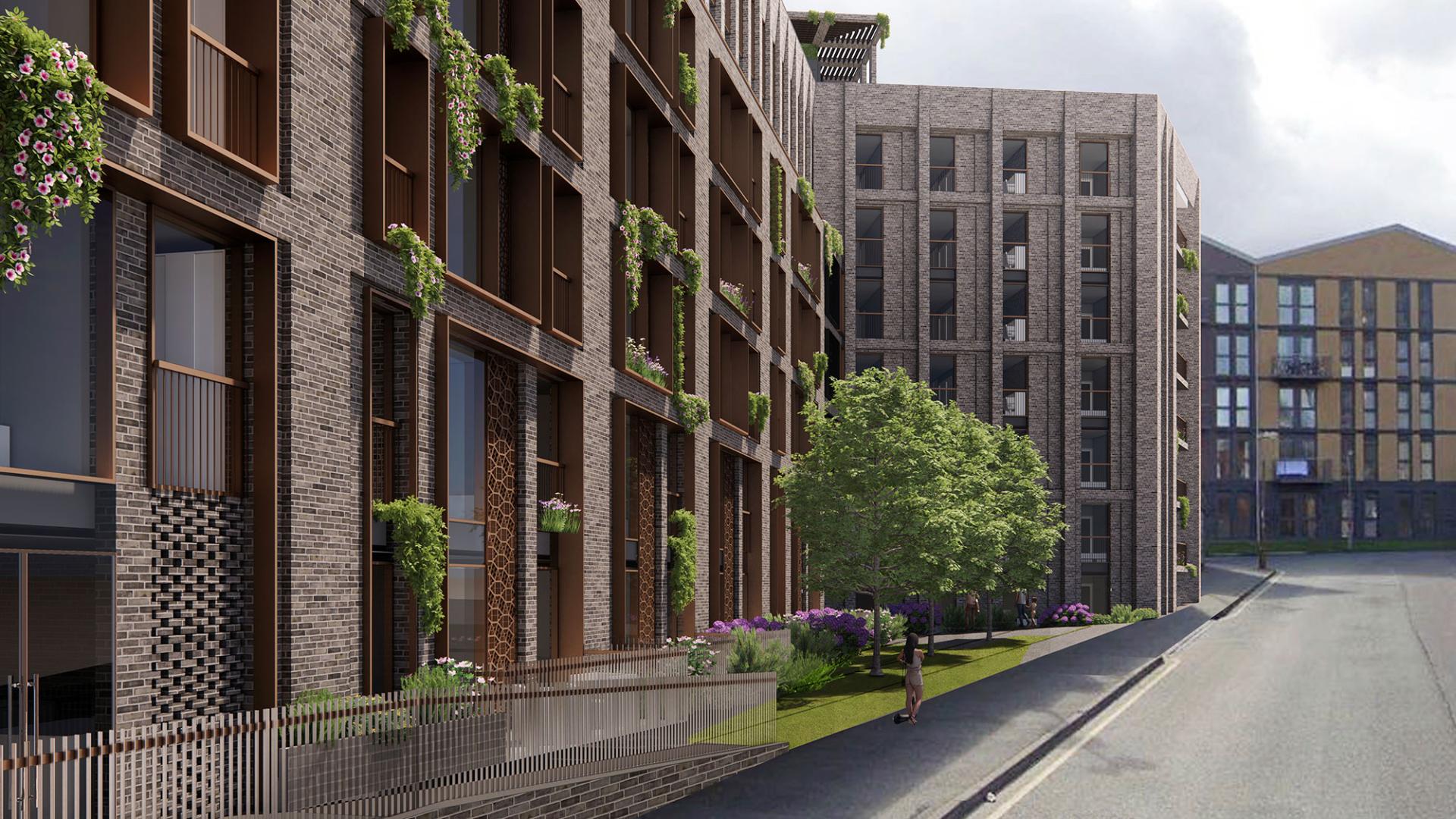
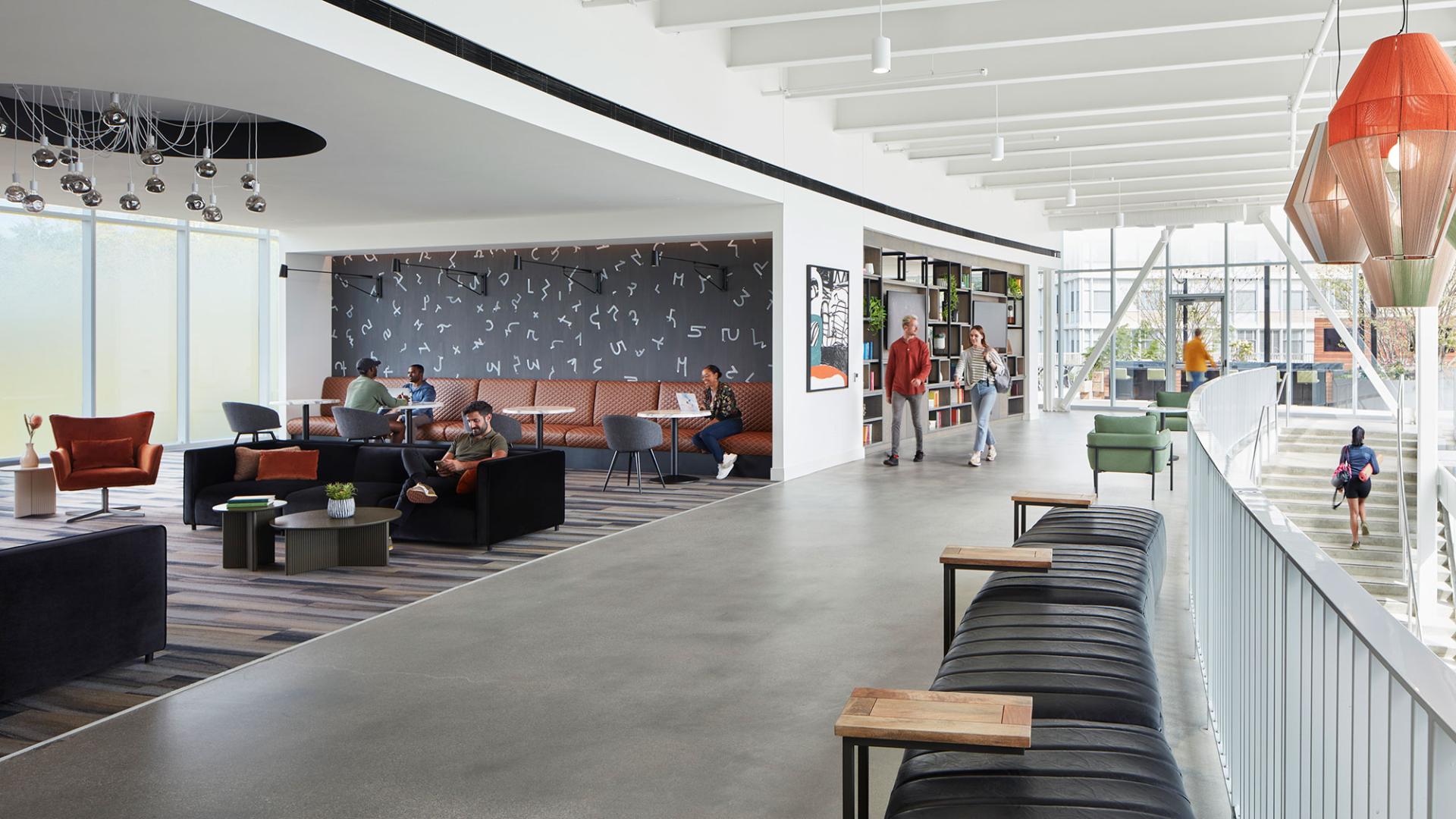
Who predominantly is your client? And your collaborators?
"We work with many clients in many geographies and at many scales of design. From mixed use office and residential developments to repurposing office to residential and from city centre visioning and master planning to science-led mixed-use developments with Aviva and Socius, we focus on clients that share our passion to have impact through design.
"We are delighted to collaborate with clients who recognise the value of working with specialists from multiple sectors to develop residential product which fit within the context of the neighbourhood and offer a long-term investment product to the market.
"Regarding collaborators, we really enjoy working with not only other design firms such as the interiors designers and landscape architects, but with the planning consultants, agents, art and cultural agencies, MEP, Structure and traffic engineers amongst many other specialised consultants needed to create a great project.
"Recently, we have been heavily focusing on operational efficiency and working with a number of operators to really understand how design can impact the net to gross of the operating model for the long term – bins, cleaning, staff and material choice are all high up in that conversation!"
What are your hopes for the future of the housing sector?
"I’m hopeful that we can strive for innovative sustainable homes developed by clients that see the value in a long-term investment for an operationally efficient product which offers a range of living options at all levels of affordability curated within a culturally rich and lifestyle-led experience.
"My vision for the housing sector is one that provides a blended mix of homes within a broader community and neighbourhoods that elevate the living experience of their residents, offering a place to belong within, and near our thriving city centres."
And what's next for Gensler’s residential team?
"We are focused on lifestyle living assets designed for long term investment. For this we plan to bring our best minds together to offer our clients a truly blended skill set of designers who are driven by creating places that thrive as part of a wider neighbourhood.
"We have a great team established across interiors, architecture, master planning and placemaking and we are looking to grow that further as we continue our commitment to developing a new future for our cities across the UK and Europe."







